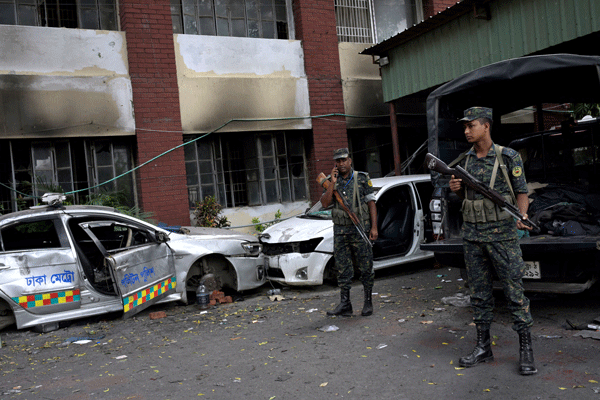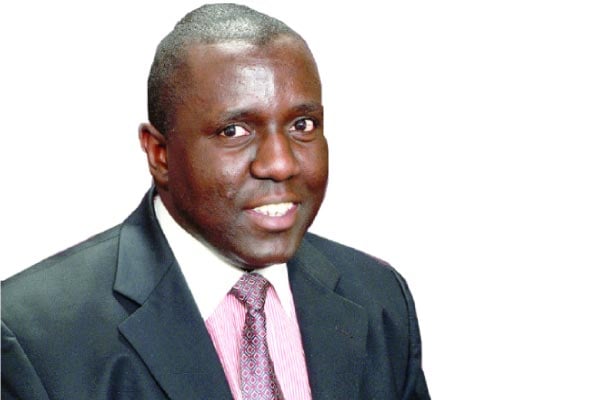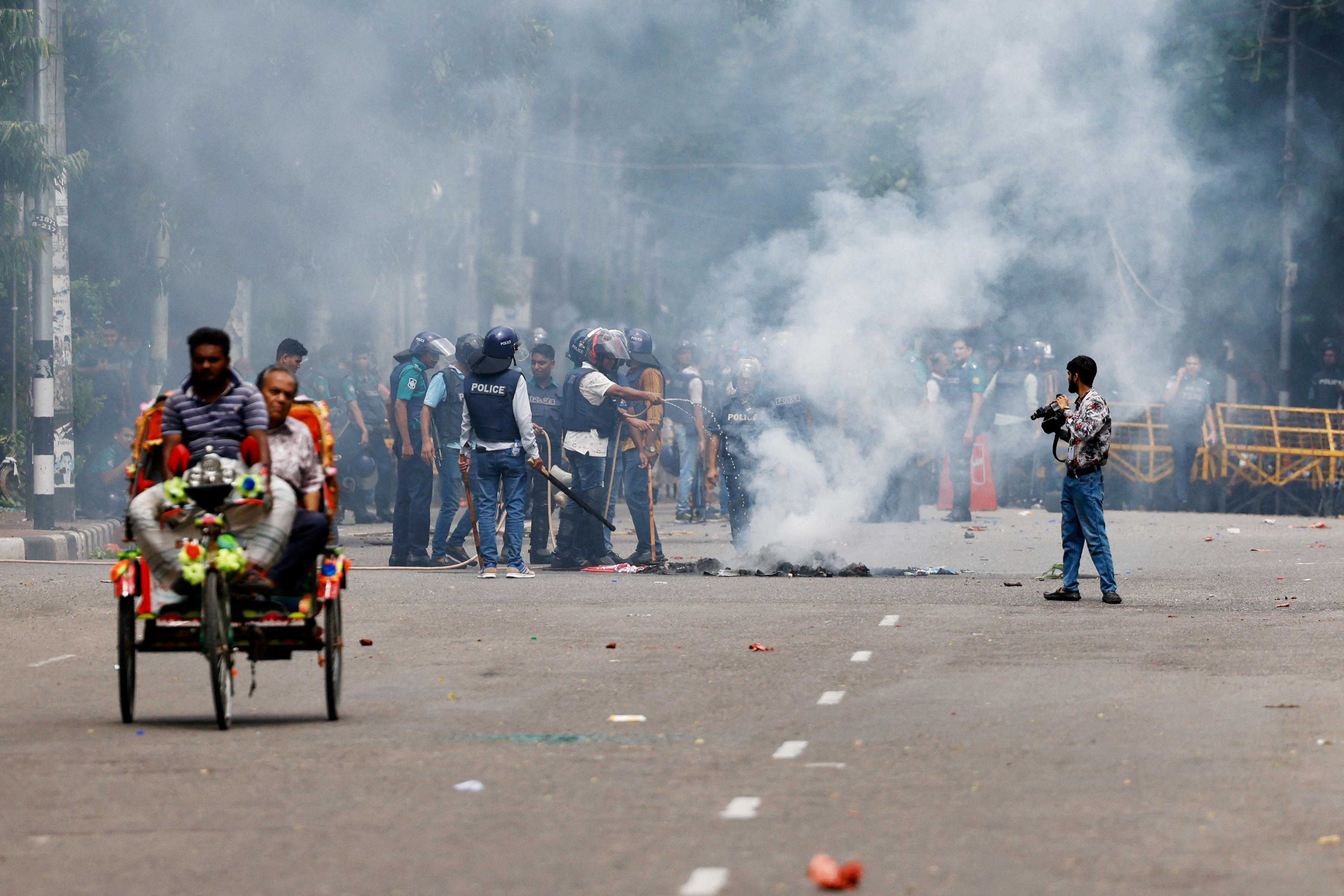
Musaazi Namiti
For the past few weeks, young Ugandans have been holding virtual meetings on X Spaces trying to mobilise people to protest against runaway corruption, which they blame on the National Resistance Movement (NRM) government because it is doing little or nothing to punish the corrupt.
Last month, the youth tried to march on Parliament, widely seen by the Ugandan public as the epicentre of corruption, which the Inspectorate of Government says costs the country Shs9 trillion every year.
Many who demonstrated, more than 60, were arrested by security forces and are facing various charges. But virtual meetings on X Spaces have not stopped. Almost every day, there is a meeting, and some of the participants are exiled Ugandans who had to flee the country because they had been tortured or jailed over their criticism of the government.
Some Ugandans have dismissed the protesters as rabbits trying to stand up to a lion -- the lion being the NRM government.
But there is a great lesson for Mr Museveni and the NRM to learn from developments in Bangladesh, which last week saw Prime Minister Sheikh Hasina, who had been in power for more than two decades, resigning and fleeing the country.
The lesson is that while security forces wield power and can be relied on to keep a leader in power, they cannot do it forever. When people are fed up with a government, they will protest, get killed or arrested, then protest again and get killed -- but they will not stop until they achieve what they want.
Students started the Bangladesh protests, and they were (in the beginning) demonstrating peacefully against a quota system, which reserved a third of civil service jobs for descendants of people who fought in the country’s 1971 independence war with Pakistan.
Ms Hasina, 76, must have been blindsided by the protests. She had won a (disputed) fourth five-year term in January, and there was nothing to suggest she would be out of a job and forced to flee the country at the beginning of August.
Like the NRM government, the daughter of Bangladesh’s founding leader, Sheikh Mujibur Rahman, had used force to put down the protests. She intensified the crackdown, imposed a curfew, blocked the internet and threw 10,000 people into jails. It seemed like she was gaining the upper hand.
But the protesters, angry that the police had killed an estimated 300, mainly students, still had plenty of fight in them. On August 4, they were back in the streets and appeared determined to march on Ms Hasina’s official residence. The police and the army could not kill more people. Ms Hasina had to go.
Only months ago, it was unthinkable that ordinary Bangladeshi would set foot in the official residence of their prime minister and do whatever they wanted. But, in scenes reminiscent of what Sri Lankans did in July 2022, they stormed the residence and took whatever they could lay their hands on.
A BBC video shows one man carrying a large fish he grabbed from the prime ministerial pond. Other protesters can be seen carrying chairs.
Back in Uganda, Mr Museveni and his NRM have continued to rely on security forces to rein in protesters, and there is nothing to suggest they will stop in the foreseeable future.
Mr Museveni, who is expected to seek re-election in 2026, warned in July that the protesters were playing with fire. But the Bangladesh experience shows if you kill a large number of protesters and stock public anger, there is a huge price to pay.
Mr Namiti is a journalist and former
Al Jazeera digital editor in charge of the Africa desk
[email protected] @kazbuk




